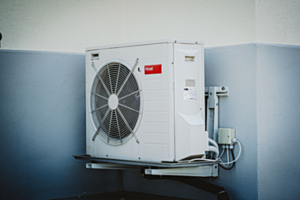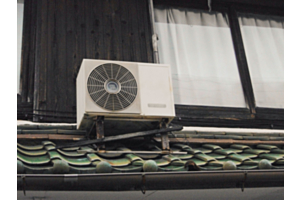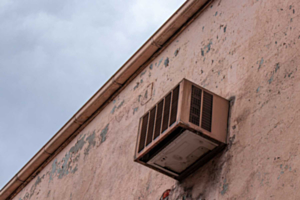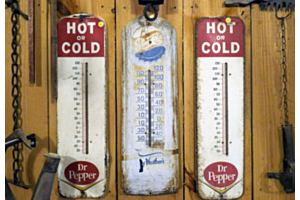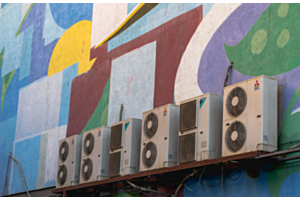Can you put a mini-split anywhere?

Ductless mini split systems aren’t as permanent as ducted systems like furnaces and central air conditioners, but they’re still a long-term commitment. You must select a spot for the mini split you believe will improve its functionality yet not detract from the appearance of your home.
Keeping that in mind, can you put a mini split anywhere?
Yes, for the most part!
A ductless mini split system includes outdoor and indoor components connected by copper wiring. The compressor, which some refer to as the condenser, goes outside. It’s attached to the air-handling units, which are the indoor components.
The compressor and air-handling unit can be 50 feet from one another, but that’s it.
So, in that regard, you have a lot of freedom regarding where you’ll install the indoor units, which is what most homeowners are concerned with anyway (an outdoor compressor on a concrete slab doesn’t detract much from the landscaping).
You also have options for where the indoor units will go in the room. They can’t sit too close to the ceiling or low to the floor, but you have plenty of leeway within several feet.
Here are a few general rules to consider when selecting where your ductless mini split system will go:
The indoor units should be at least six feet from the floor, up to seven feet.
Only select vertical walls for the indoor units, as angles can affect the security of the system.
Do not install the unit near sources of direct sunlight.
Keep the indoor unit three feet or more from electrical devices like computers, televisions, and lights.
Select an exterior wall for installation if possible, as the compressor and indoor unit have an easier path to one another.
Why Mini Split Placement Matters
Does it really matter that much where you put a ductless mini split at the end of the day? Indeed, it’s very important. Here are a few reasons illustrating why you should think twice about where your units go.
Aesthetics
The only upside of furnaces and central air conditioners is they’re hidden down your basement or in the yard. A ductless mini split system’s indoor units are out in the open, so to speak.
Fortunately, your freedom of placement during installation (figuratively speaking, as you’re not installing the indoor unit yourself) allows you to accommodate any qualms you might feel about the aesthetics of your room.
Would you rather draw the eye away from your indoor unit? You can do that very easily. Requesting the unit be placed higher up on the wall or lower near the floor naturally goes against a person’s eye level when entering the room.
They’d have to really be paying attention to the room to even notice the mini split unit.
You can also decorate around an indoor unit, especially with the assistance of your mini split technicians. This is another way to hide a mini split.
Performance
Another significant reason to prioritize the placement of your mini split system is for performance.
For instance, when your mini split units are too close to sunlight or heat and light from electronics, that can give the internal thermostat a false reading. The mini split will keep pumping out the cold air if you have the AC set or reduce its warming if you’re using the heater.
Here’s another example. A mini split placed too low on the floor or high up on the ceiling beyond the recommendations above will blow warm or cool air on the floor or the upper wall. It’s not doing much for cooling or warming the room, that’s for sure.
Convenience
Ductless mini split systems require regular maintenance to work well. If a mini split technician can’t reach the unit because it’s placed in an inaccessible spot, that reduces the maintenance they can perform.


